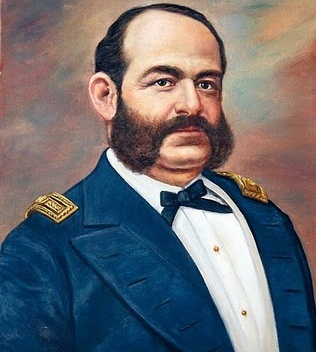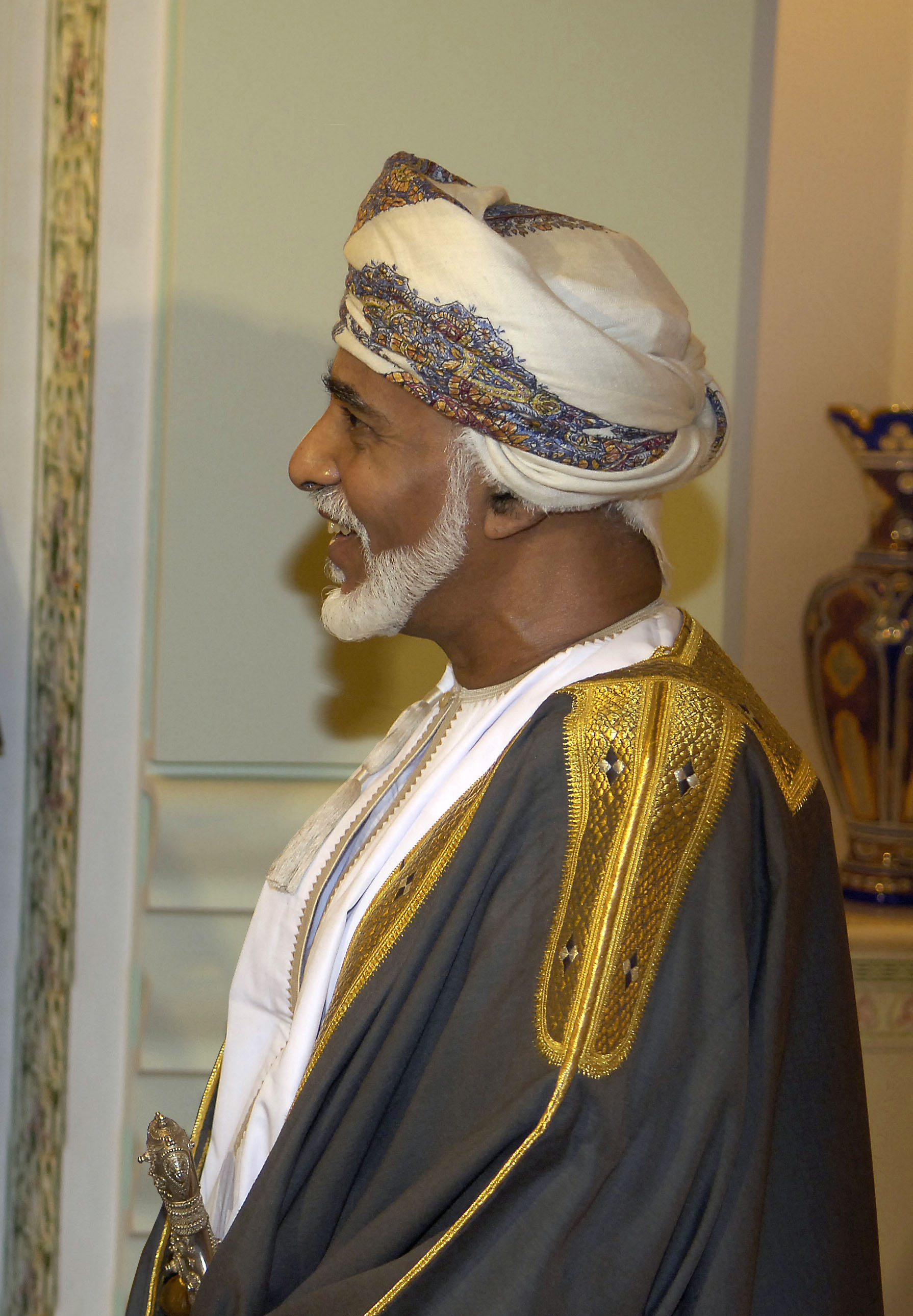

Argentina 10 Pesos 1976 VG
Front: Manuel José Joaquín del Corazón de Jesús Belgrano / Gral.BELGRANO
Back: Cataratas Del Iguazu
Numismatics
Belgrano appears in an important number of currencies in the numismatic history of Argentina. He had appeared for the first time in the Peso Ley 18.188, in the banknotes of 1, 5 and 10 pesos. He was later included in the 10.000 pesos banknotes of the pesos argentinos, the highest banknote value in circulation. The Australes had chosen a number of procers that did not include Belgrano, but later the 10.000 pesos argentinos banknotes were allowed to be used as australes. The Peso, modern currency of Argentina, includes Belgrano in the banknotes of 10 pesos. The 1997 and 2002 series only modified small details.
Manuel José Joaquín del Corazón de Jesús Belgrano, usually referred to as Manuel Belgrano (3 June 1770 – 20 June 1820) was an Argentine economist, lawyer, politician, and military leader, born in Buenos Aires, the fourth child of the Italian businessman Domingo Belgrano y Peri and Josefa Casero. He took part in the Argentine Wars of Independence and created the Flag of Argentina.
Belgrano was a notable member of the criollo population of Buenos Aires, and worked for its emancipation from Spain. At first he promoted the aspirations of Carlota Joaquina to became the rule of the viceroyalty, but without success. With other criollos he promoted the May Revolution, removing the viceroy Baltasar Hidalgo de Cisneros from power, as was elected as member of the Primera Junta that took power after him. He was chosen as commander of the Army of the North and, despite being defeated by the Spanish forces, he paved the way for the independence of Paraguay in 1811. In 1812 he created the flag of Argentina near the city of Rosario, and directed the exodus of Jujuy, that lead to the victories against the royalists in the battles of Salta and Tucuman. He took part of the Congress of Tucuman, promoting the idea to establish a monarchy with an Inca king, but didn't get enough support. He died on 20 June 1820.
Information and Image Obtained From Wikipedia, the free encyclopedia















































